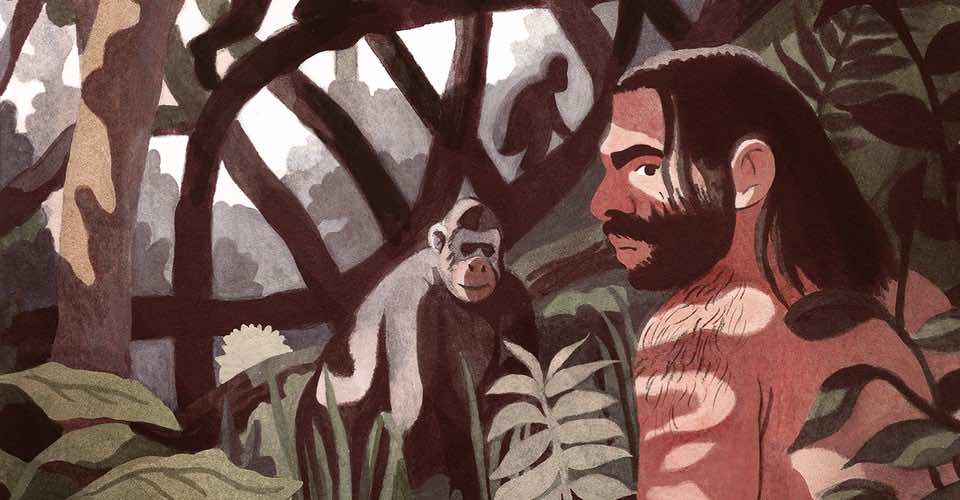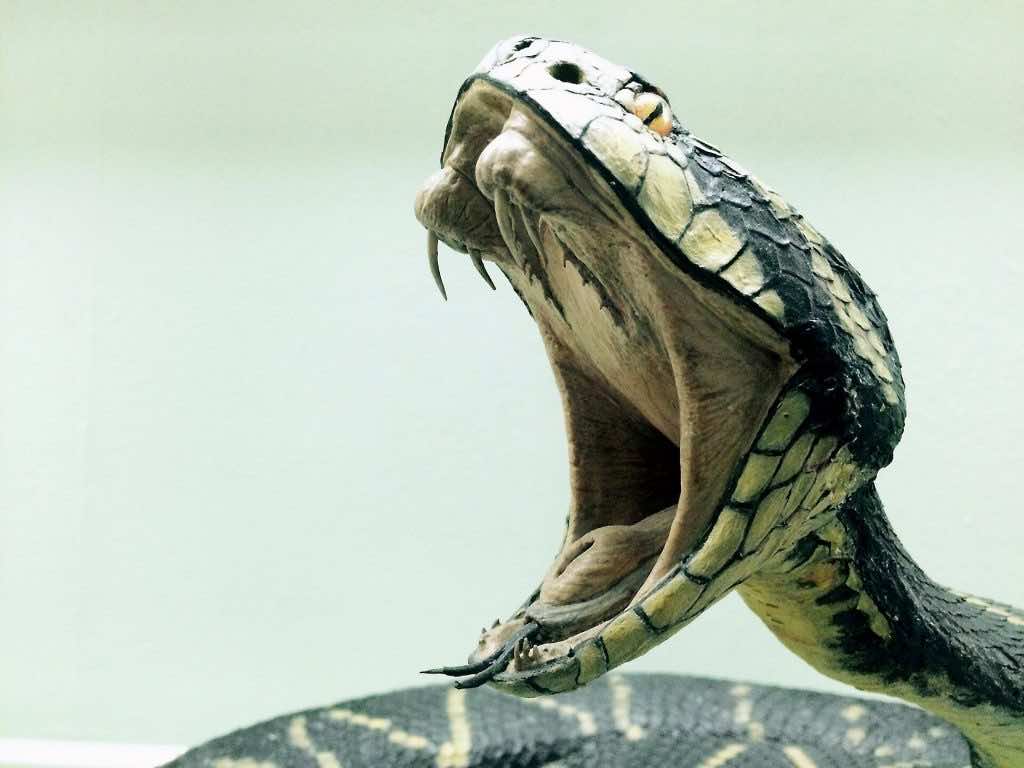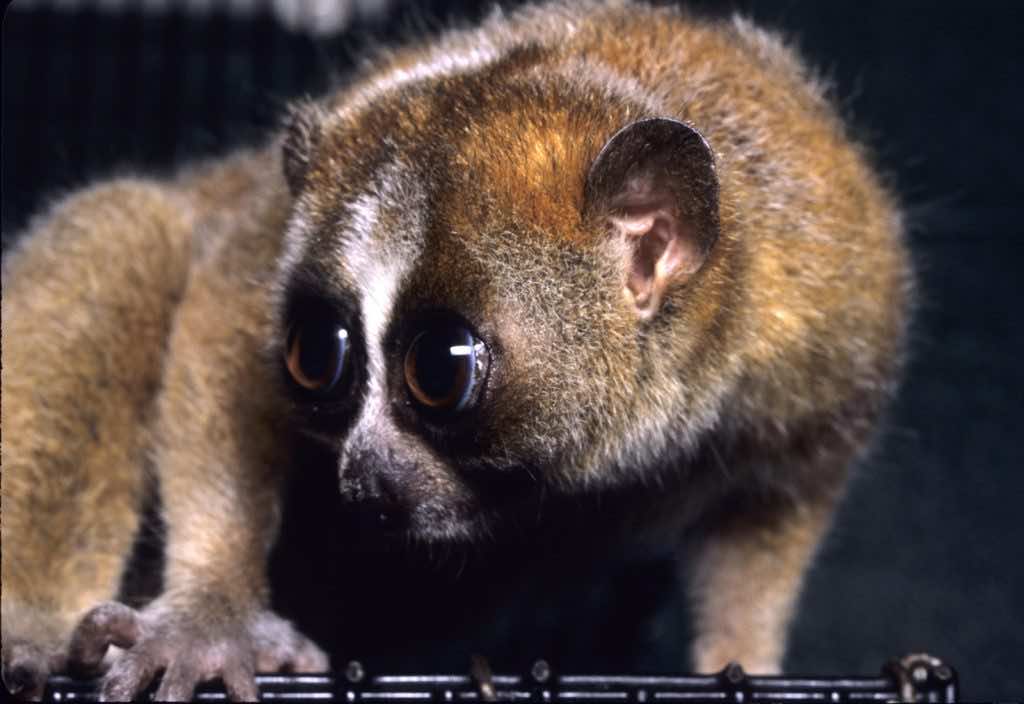Who would have thought the Saliva and Venom come down from the same ancestral lineage.
The latest findings by scientists acclaim a common trail of evolution, both in venomous mammals and reptiles.
We all have heard of human evolution theory and how we evolved from apes to become like we are today. But surely, none would have expected that we had poisonous glands at some time in history and could evolve back to it, as per the study.

The mammal family as we know have saliva glands, but the latest has found that these are the same as venomous glands found in reptiles. The only difference is the proteins these glands release. Saliva in the case of mammals and poison for the reptiles.
There exist thousands of venomous genes and thousands of animals with potent venom. This made the researchers conclude that humans could develop and release venom with the evolutionary process playing its role in the future.

Scientists from Okinawa Institute of Science and Technology Graduate University, in collaboration with the Australian National University new experiment and research, found that starting from rats and all the way to humans, all saliva glands could turn to have venom instead. How did animals evolve to have saliva glands?
“Oral venom systems evolved multiple times in numerous vertebrates enabling the exploitation of unique predatory niches. Yet how and when they evolved remains poorly understood,” the researchers explain.
Narrowing it down, scientists studied thousands of gene combinations found in animals with venom glands. The answer was the similar gene combinations in old saliva glands in other animals as well.
“We found that overall venom gland gene expression was surprisingly well conserved when compared to salivary glands of other amniotes. We characterized the ‘metavenom network,’ a network of ?3,000 non secreted housekeeping genes that are strongly coexpressed with the toxins, and are primarily involved in protein folding and modification.”
Briefly, the saliva glands lack poison, and it is the only difference they have compared to venom glands. The genes and working mechanism of both are the same, with the only difference in special proteins.
Venom is yet to be studied for most of the part. It lacked research, given its perplexingly common and eclectic.
“While many snakes employ an oral venom system for securing prey, there are also mammals, such as shrews, and solenodons, that have evolved oral venom systems (based on salivary glands) for prey capture or defense,” the scientists say. There are thousands of venomous animal species.

In the study, scientists concluded with finding the same ancestral lineage in mammals and reptiles. It is more horrifying than as much as it sounds exciting. There exist quite a few mammals with venomous glands, and the venom they contain is different from that found in reptiles.
The university researchers explained, “For instance, salivary tissue of most mammals produce large volumes of very dilute mixtures, while snake venom glands produce highly concentrated mixtures of diverse toxins.”
All of this helps explain why the link hasn’t previously been explored—the pool of venomous animals was just too big for a link to suggest itself at first glance.
“In venomous snakes, gene families have undergone greater expansions and have evolved at a significantly higher rate than in other lineages like mammals,” the scientists say. It is the very reason these snakes are spitting out high-octane venom compared with the watery venom of mammals with the same genetic pattern for expression.
But knowing that it all goes back to early salivary glands means there’s a better place to start exploring the similarities, as well as the difference in their makeup.


